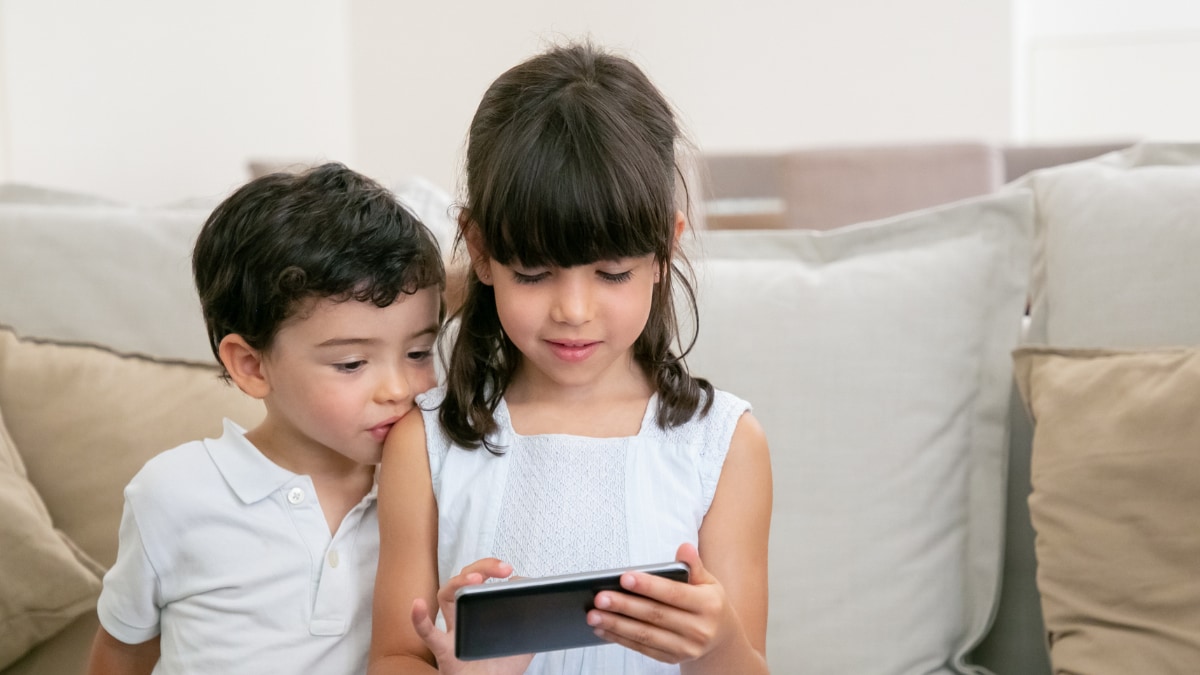Concerned that your child is constantly glued to their phone? Worried that not giving them the latest PSP will lead to social isolation and potential mental health problems? It’s a lot to think about.
Finding the right balance between screen time and active learning in our fast-paced digital world is a top priority for parents, educators, and society as a whole. While technology offers endless opportunities for learning and exploration, excessive screen time can hinder a child’s development. It’s crucial to strike a balance between screen-based activities and hands-on learning for optimal growth and cognitive development.
“Parents and educators must prioritize purposeful and intentional screen time to achieve a suitable balance. This involves selecting interactive, high-quality educational apps, games, and digital tools that encourage active participation and deep learning. Setting realistic time limits for screen use is crucial. Additionally, children should be provided with opportunities for active, experiential learning that incorporates physical activity, social engagement, and exploration of their environment,” says Saloni Bhardwaj, co-founder and CTO of Lotus Petal Senior Secondary School & Lotus Petal Foundation.
The absence of screen time for children in underserved communities can have detrimental effects, as it hinders the development of essential life skills like digital literacy in today’s world. It also deprives them of access to a vast array of educational resources. Bridging the digital divide is crucial in addressing such challenges.
“Achieving a healthy balance between screen time and active learning is vital for children’s overall development. While moderate television viewing is generally harmless, it’s important for children to learn effective time management and prioritize basic education alongside other activities,” says Preeti Bhandary, Parenting Expert and co-founder of Little Elly.
Bhandary shares some strategies to help achieve a balance:
Set limits
Establish clear rules and enforce reasonable time limits for screen use. Specify time constraints for recreational activities such as watching TV or playing video games and consistently adhere to them.
Prioritize active learning
Encourage and prioritize activities that involve physical movement, social interaction, and hands-on engagement. This can include outdoor play, sports, art and craft projects, reading physical books, puzzles, building blocks, or other interactive toys and games.
Create a schedule
Develop a daily or weekly plan with dedicated time slots for active learning activities. This helps children understand the importance of balance and provides structure to their routines.
Engage in activities together
Participate in activities that involve the whole family, such as board games, cooking, or outdoor adventures. This not only reduces screen time, but also strengthens family bonds and promotes active learning through shared experiences.
Encourage diverse interests
Introduce children to activities and hobbies that spark their curiosity and promote active learning. This could include music lessons, dance classes, martial arts, gardening, cooking, or science experiments. By exploring different interests, children will have more options for engaging in active learning beyond screen time.
Mindfully use educational screen time
When screen time involves educational content like interactive apps, websites, or documentaries, it can be beneficial for learning. However, it’s important to balance it with other forms of active engagement and monitor the quality and appropriateness of the content.
Create tech-free zones
Designate areas in your home without screens, such as the dining table or bedrooms. This promotes conversation, family bonding, and prevents excessive reliance on screens.
Be a role model
Lead by example and limit your own screen time while actively participating in learning activities. Children often mimic their parents’ behaviors, so show them a balanced approach to screen time. Reduce your own screen usage, especially during family time, and engage in active learning activities together.
“By carefully balancing screen time and active learning, we can equip our children with the necessary skills to thrive in the digital era while supporting their physical, social, and emotional development. Let us embrace technology as a tool for active engagement while remaining committed to holistic education,” adds Bhardwaj.
Remember that every child is unique, so finding a balance that works for your family while considering their individual needs and interests is important. Regularly assess and adjust your approach to maintain a healthy relationship between screen time and active learning.
Denial of responsibility! SamacharCentrl is an automatic aggregator of Global media. In each content, the hyperlink to the primary source is specified. All trademarks belong to their rightful owners, and all materials to their authors. For any complaint, please reach us at – [email protected]. We will take necessary action within 24 hours.

Hemalata Nehete celebrates the art of living well, exploring topics ranging from travel and fashion to home decor and culinary delights, offering inspiration for readers seeking a balanced and enjoyable lifestyle.


